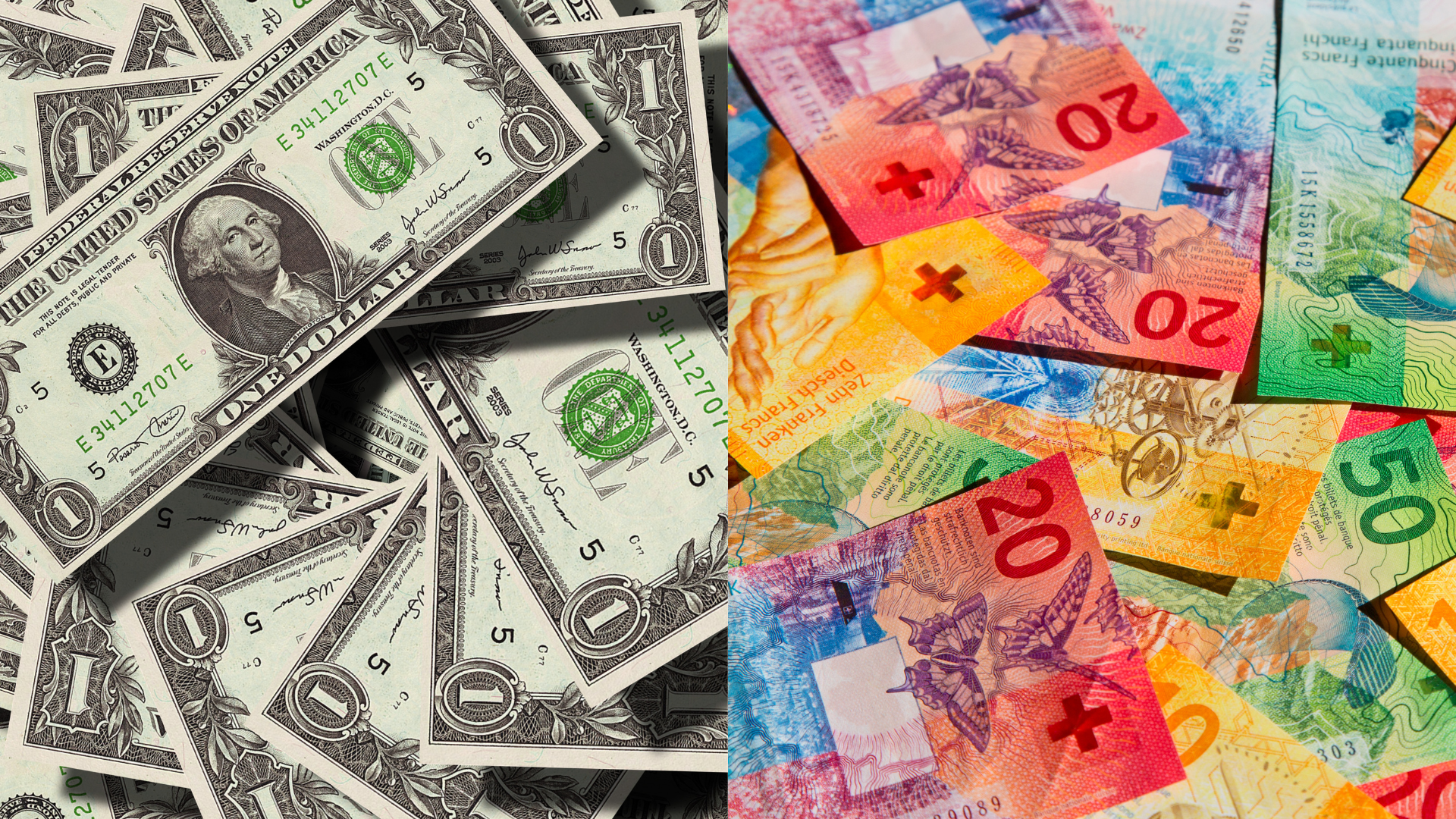
The U.S. dollar is on track for its third consecutive weekly gain, driven by strong economic data and renewed market optimism surrounding Donald Trump’s potential presidential win in 2024. This sustained rally has placed pressure on other major currencies, including the euro, which is down nearly 1% this week, and the yen, with the dollar breaking above the 150 yen level for the first time since August.
Fueling the dollar’s strength is a combination of factors, starting with the European Central Bank (ECB)’s decision to cut interest rates by 25 basis points, further weakening the euro. Meanwhile, U.S. retail sales data surpassed expectations, with September numbers climbing higher than forecast, reinforcing the view that the U.S. economy remains resilient. The U.S. Federal Reserve is now expected to take a more measured approach to rate cuts, further supporting the greenback’s momentum.

Adding to the dollar’s upward trajectory is what’s being dubbed the “Trump trade,” as markets increasingly price in Trump’s chances of winning the 2024 election. His policies on tariffs and taxes are expected to keep U.S. interest rates high, driving more demand for the dollar. As Jason Wong, senior strategist at BNZ, noted, “A stronger dollar is being fueled by both a solid U.S. economy and Trump’s influence on market expectations.”
The dollar’s strength is also weighing on other global currencies. The yuan is headed for its largest weekly drop in over 13 months, reflecting market disappointment over the lack of concrete stimulus measures from Chinese authorities. The Australian dollar, closely linked to China’s economic health, is down 0.8% this week, trading near $0.6697.
In contrast, bitcoin has surged by 13% since October 10, spurred in part by speculation that a Trump administration would adopt a softer stance on cryptocurrency regulation, further energizing crypto markets.
As the U.S. Dollar Index hit a 2-1/2 month high on Thursday, the focus now shifts to upcoming economic data, including U.S. housing starts and British retail sales. The evolving macroeconomic landscape continues to shape market movements, keeping the dollar firmly in control as other currencies struggle to keep up.











